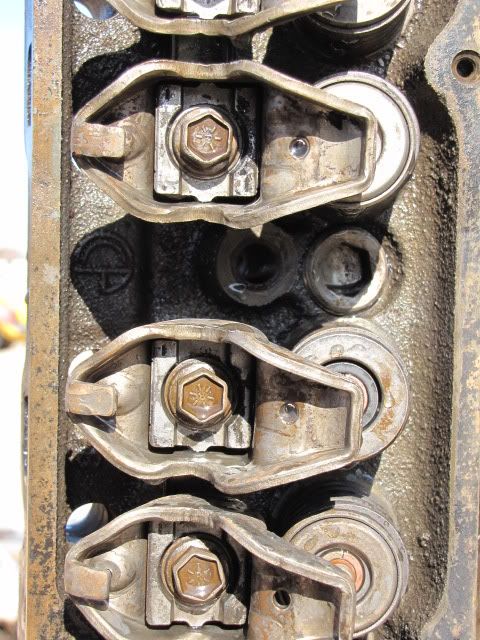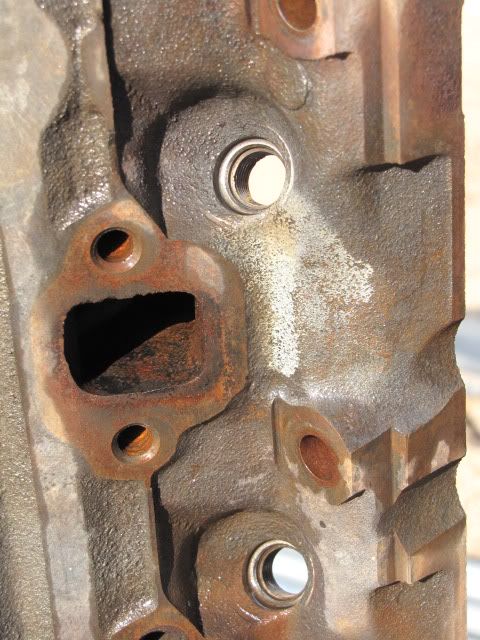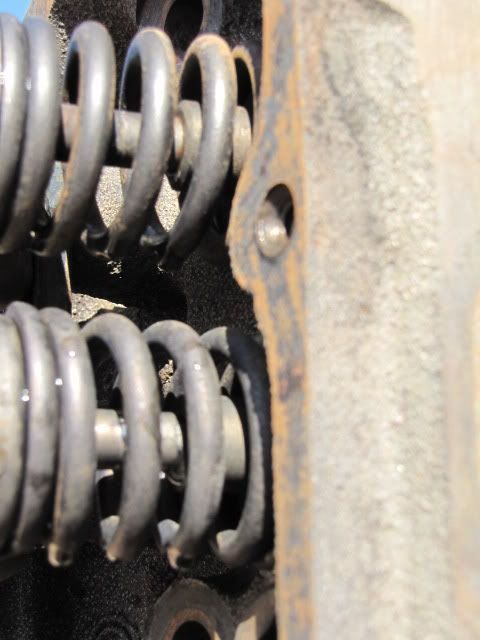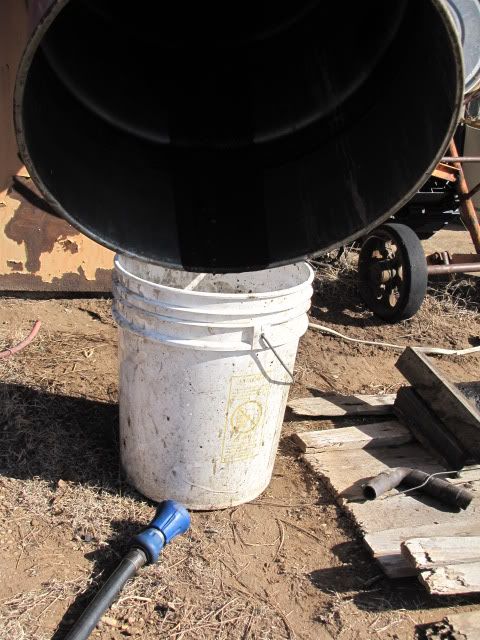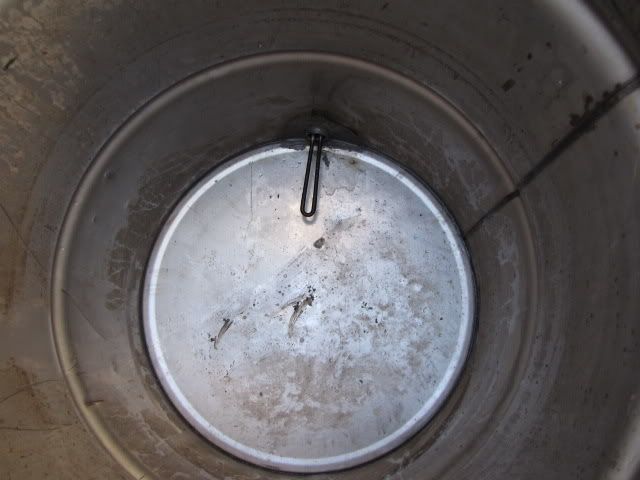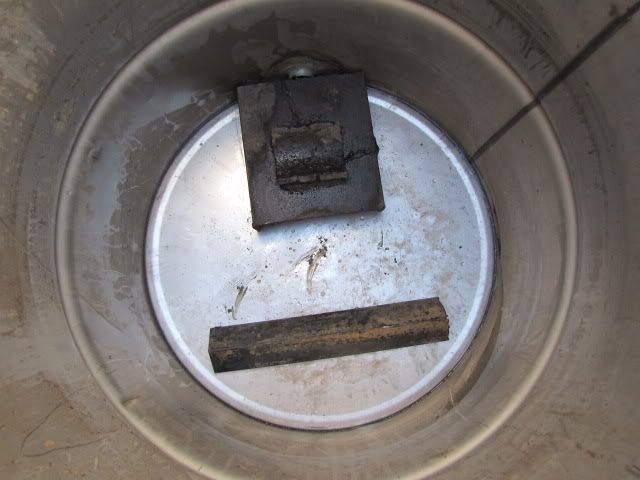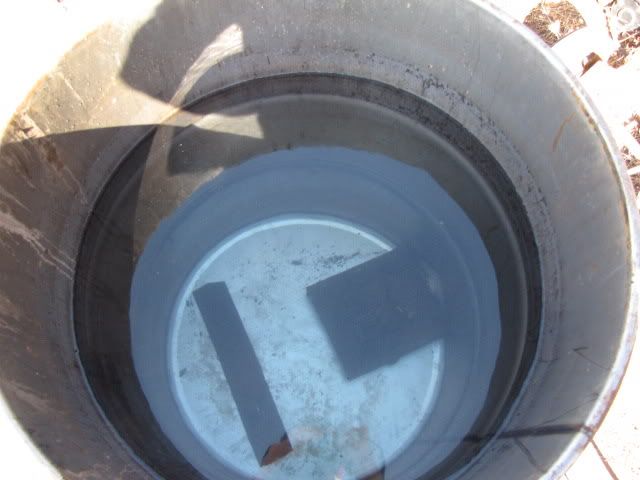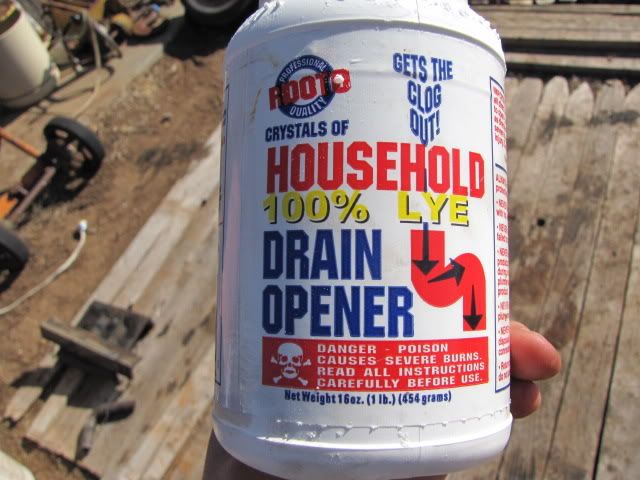hotrodbill
Well-known member
Tecnically, this isn't a tool, but since I changed the water in my "engine vat" today I thought I would take some pictures and share them.
Here she is, a 55 gallon drum with a lid.
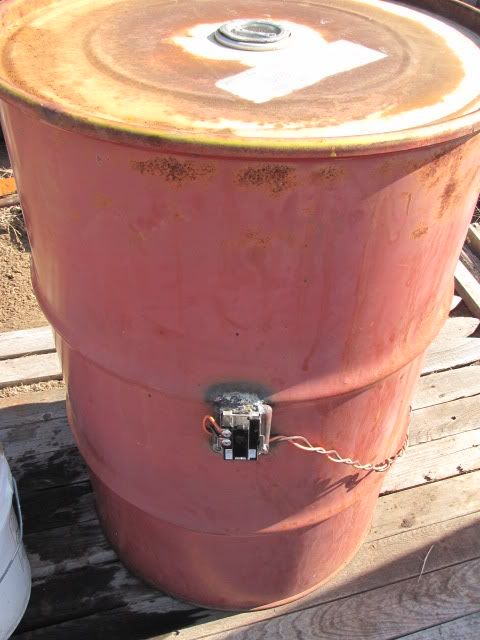
On the front is a thermostat for an electric hot water heater.
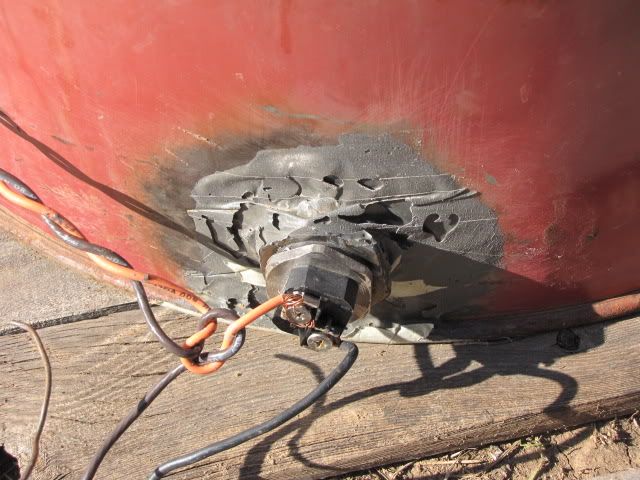
On the back, at the bottom, is a heating element for an electric hot water heater. It is a 110 volt, 2000 watt element. It's the highest wattage 110v one I coud find. It take a while to heat the barrel up from cold but it will doi it (about 8 hours). You can get elements in 220 volts up to 5500 watts, you can also wire up dual elements.
---------------------------------------------------------------------------------------------------------------
Here is an engine that has just finished its bath. I have bailed out several gallons of water to expose the engine.
It's a 1980 Ford 302, and it was nASSty. I didn't take any "before" pictures though.
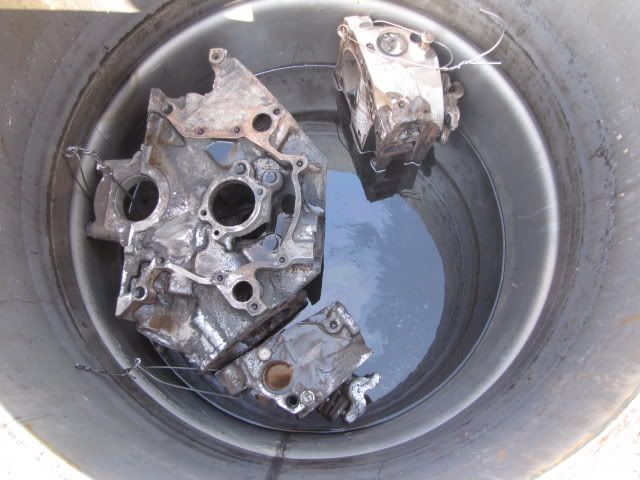
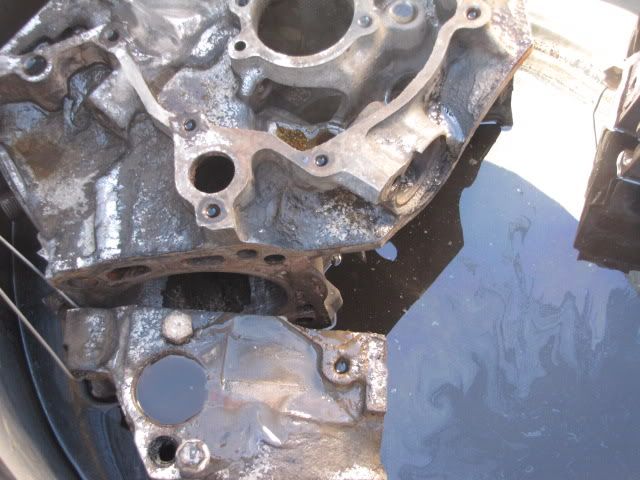
----------------------------------------------------------------------------------------------------
Stubborn (head gasket) material that would take endless scraping peels right off. If it won't peel off then one swipe from a razor blde take it clean off.
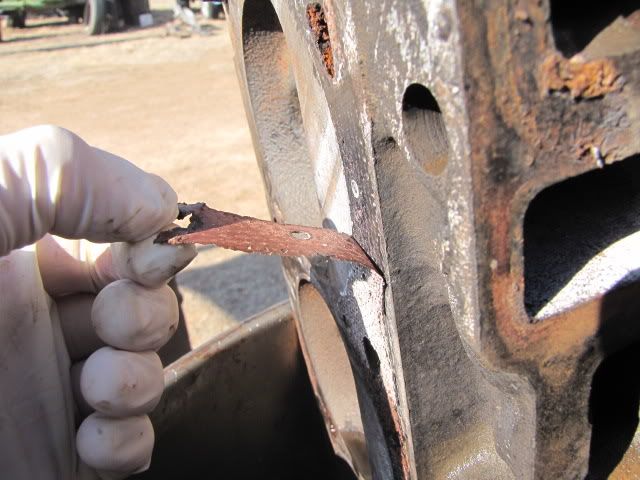
-------------------------------------------------------------------------------------------------------
The carbon in EGR passages can be hard as concrete, but many times after a bath the carbon breaks apart like sand.
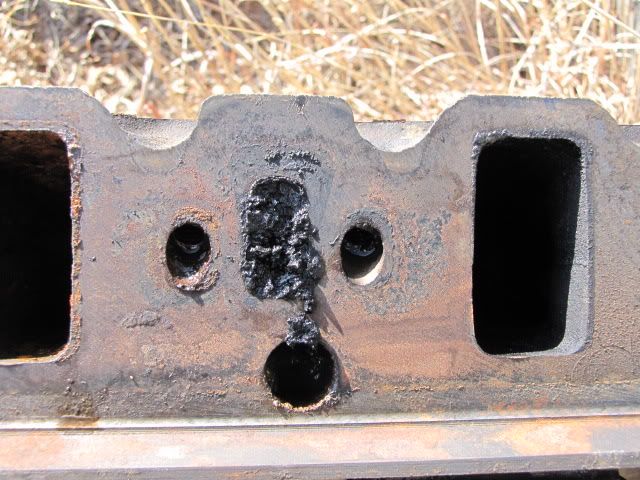
This carbon was a little tougher, but a few seconds with a screwdriver and this passage is clean.
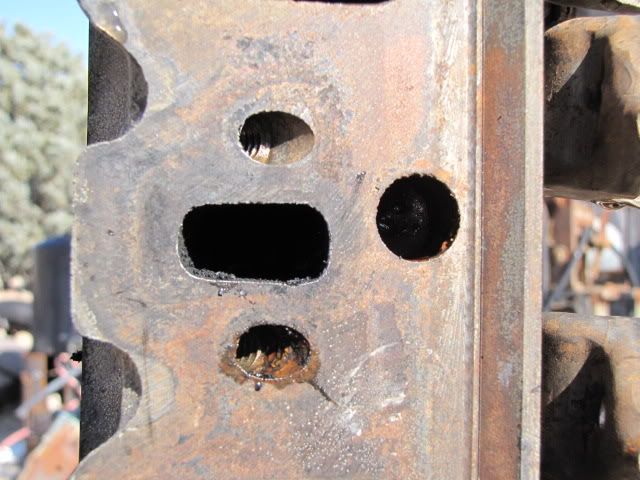
-------------------------------------------------------------------------------------------------------
Before a squirt from the water hose.
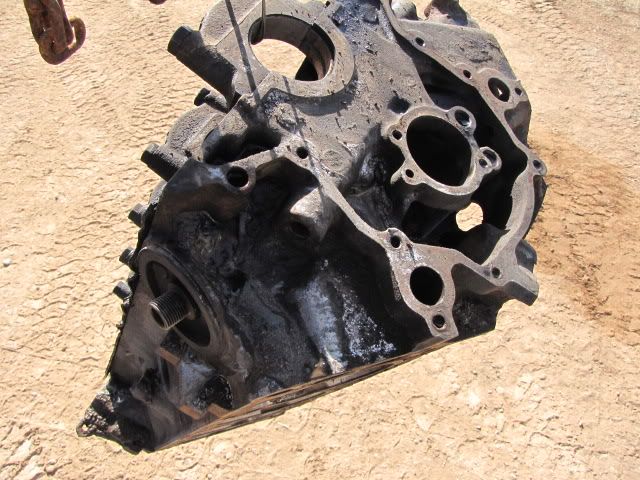
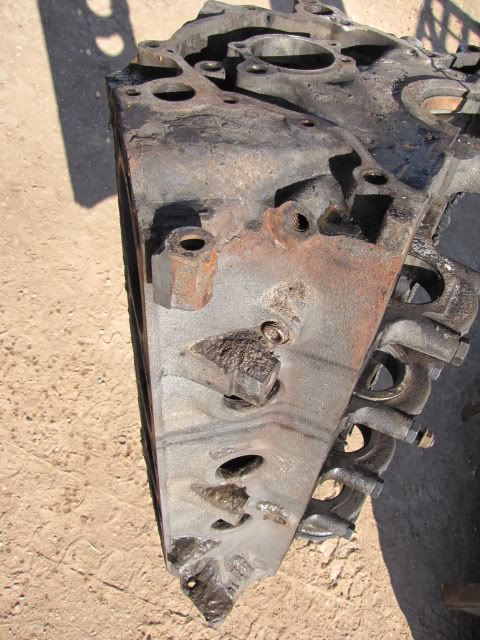
Notice how the oil pan gasket came off in one strip.
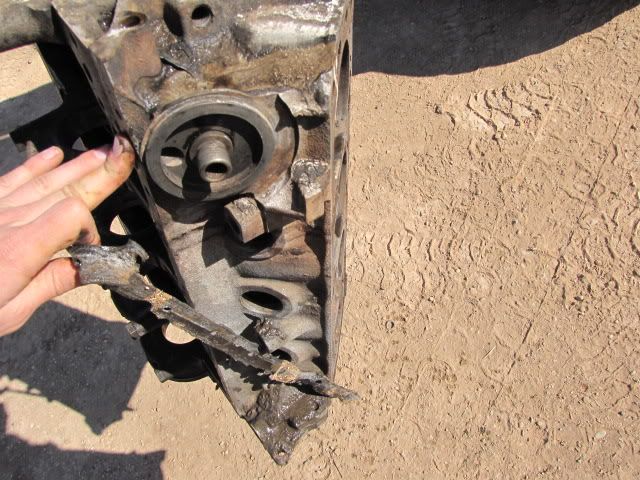
Here she is, a 55 gallon drum with a lid.

On the front is a thermostat for an electric hot water heater.

On the back, at the bottom, is a heating element for an electric hot water heater. It is a 110 volt, 2000 watt element. It's the highest wattage 110v one I coud find. It take a while to heat the barrel up from cold but it will doi it (about 8 hours). You can get elements in 220 volts up to 5500 watts, you can also wire up dual elements.
---------------------------------------------------------------------------------------------------------------
Here is an engine that has just finished its bath. I have bailed out several gallons of water to expose the engine.
It's a 1980 Ford 302, and it was nASSty. I didn't take any "before" pictures though.


----------------------------------------------------------------------------------------------------
Stubborn (head gasket) material that would take endless scraping peels right off. If it won't peel off then one swipe from a razor blde take it clean off.

-------------------------------------------------------------------------------------------------------
The carbon in EGR passages can be hard as concrete, but many times after a bath the carbon breaks apart like sand.

This carbon was a little tougher, but a few seconds with a screwdriver and this passage is clean.

-------------------------------------------------------------------------------------------------------
Before a squirt from the water hose.


Notice how the oil pan gasket came off in one strip.


